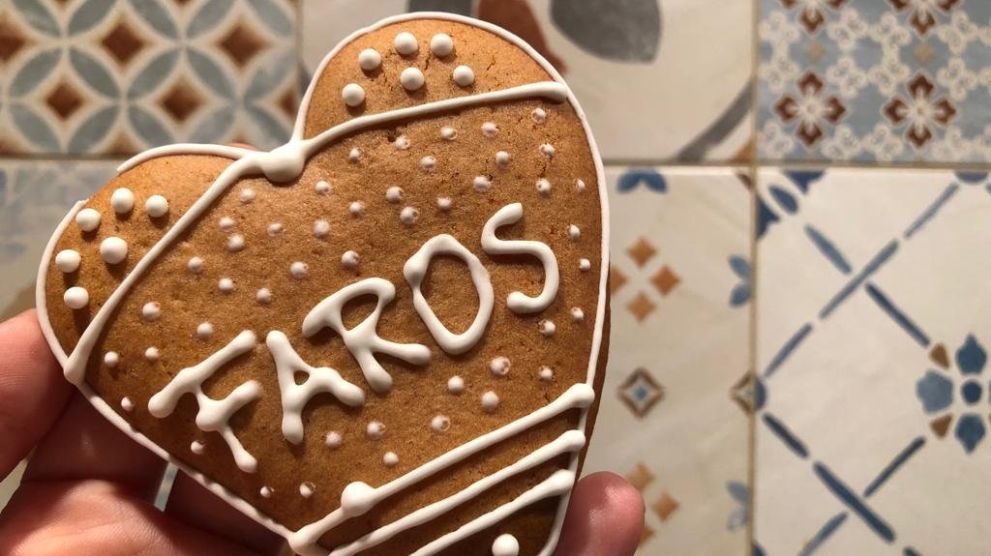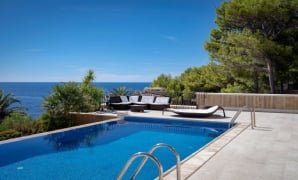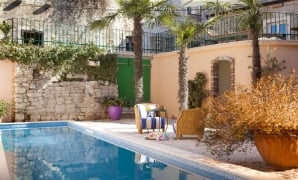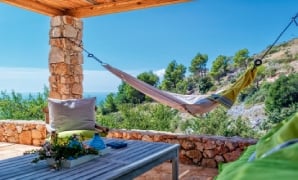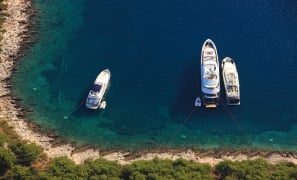Poets and artists throughout the history knew it so well, as George Bernard Shaw aptly put: There is no sincerer love than the love of food. Good food is the one secret ingredient to transform a usual day into something memorable. And we often forget that the taste alone is enough to transport us to a place where we tasted something superb, where we laughed with friends and family, where we sat at the table and just enjoyed ourselves. Nothing really happened, and yet, in that moment of simple joy, everything happened. Add to the mix a glass of good wine and you will have a memory that will keep you warm all throughout the colder months.
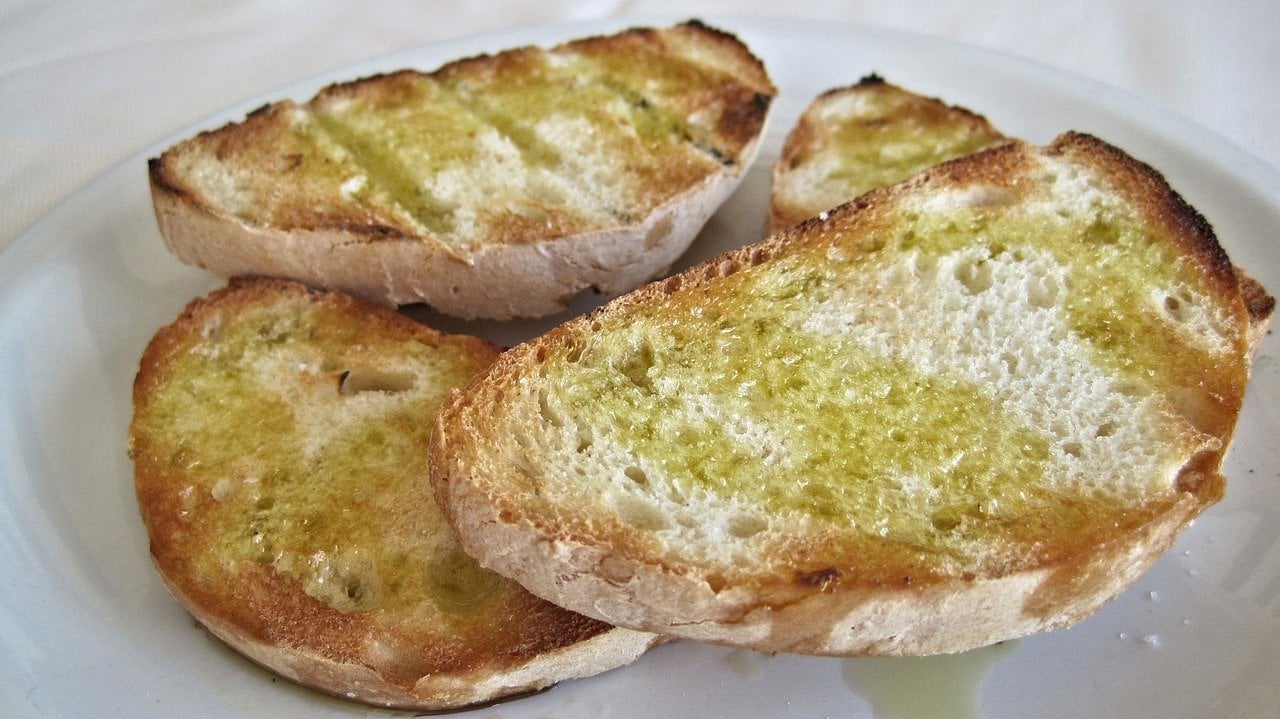
Simple bruschetta with olive oil and garlic
Our guests throughout the years often precisely mentioned quality of food on Hvar, its olive oils, its herbs and spices, its superb wines. Those things are simple pleasures that we often take for granted. Especially us that were born and raised on Hvar. We know all too well that the fig is best served directly from the tree, that capers grow all over Hvar, and we can eat them in various shapes and forms, and that the best fish is the one local fisherman bring to port early in the morning.

The best figs are the ones you pick directly from the tree.
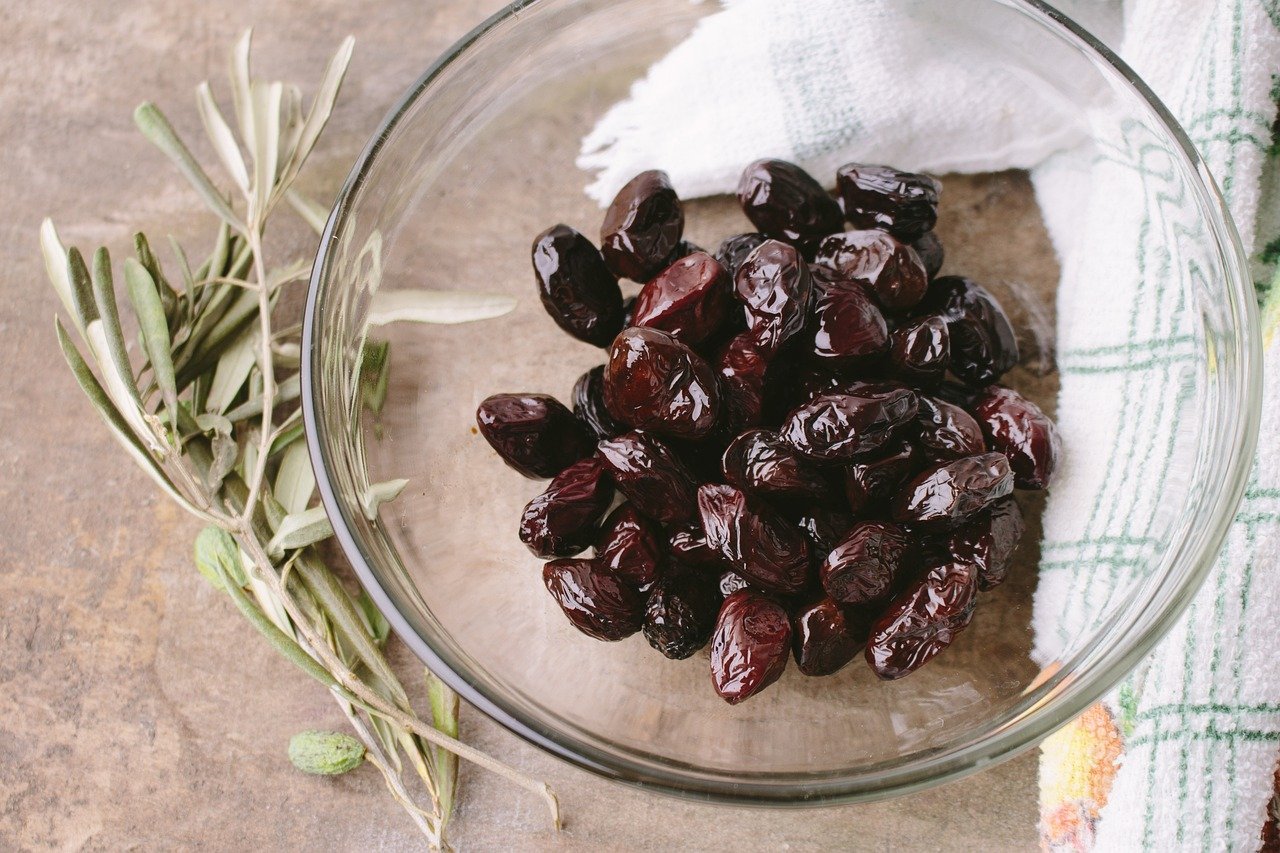
Olives go with everything (have you tried olive oil and ice cream?)
As people specialized in high end luxury accommodation, we would be more than happy to see more traditional eateries and inns, offering traditional Hvar recipes, instead of international cuisine which is – albeit sometimes exquisite and masterful – offering a little of Hvar’s long standing gastronomical tradition. While we wait for more of those visionaries, we fill the existing gap by offering private dinners and cooking classes (more info to be found here), and we strongly recommend this experience to all the foodies that come to Hvar. This way, you get all the premium ingredients, as well as knowledge and expertise from our local chef.
So, what is traditional Hvar cuisine exactly? There are people like Viktorija Čolić, pastry chef and Hvar's culinary educator and owner of Split's pastry shop Pasticceria, who carry on the tradition and teach younger generations of traditional local tastes. So she is the best person to ask about what food tasted like centuries ago on Hvar.
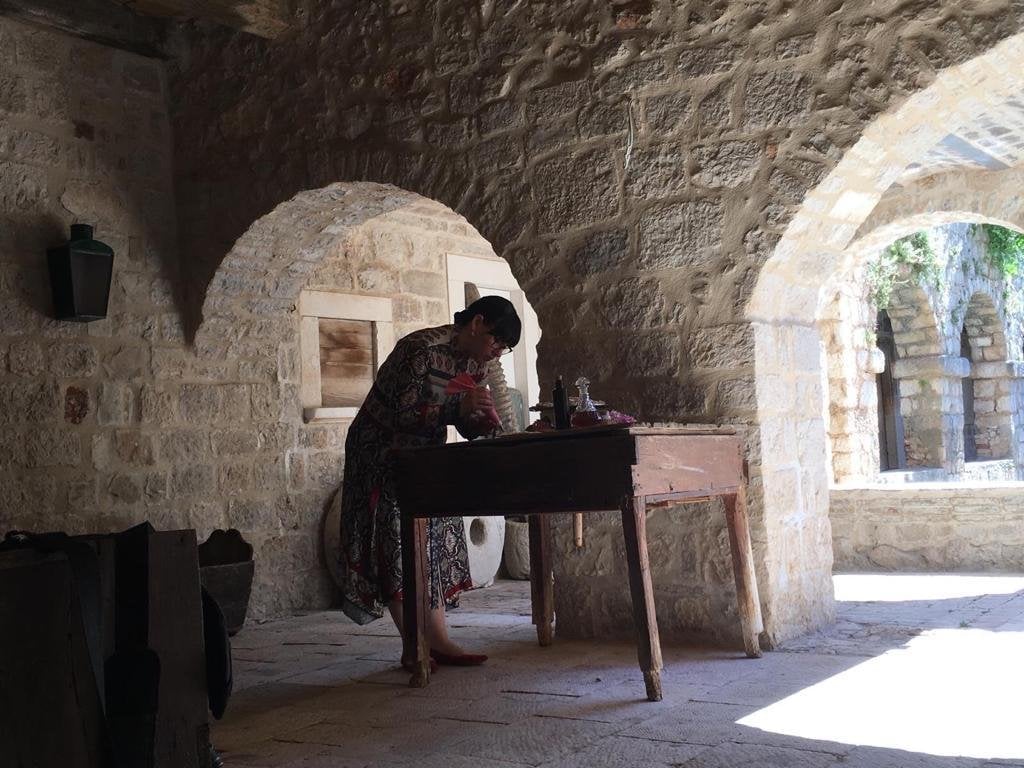
Viktorija Čolić, pastry chef and the tradition keeper from Hvar.
Like most of Dalmatian coast, especially the islands, traditional Hvar cuisine was always simple. First rule: you work with what you have in abundance. Second rule: nothing gets thrown away. Hvar was zero waste before it was cool, and the reason was simple: resources were scarce on the island, and you had to make to with what you had at hand. That means that people mostly ate green vegetables and wild edible plants that could be found all over island. They made it into soups with various peas, beans and chickpeas, and as main dishes with potatoes.
Meat was rarely on the menu, mostly for special occasions. When it was, it was mainly goats that lived on the island, and for the most special of occasions, it was donkey meat. For super special occasions, like weddings for example, families made meat soups from goat or lamb meat. The special twist? Small pieces of roasted liver were put in the soup.
But those occasions were rare – more often people ate fish, mainly blue fish. Fish was made into soups (locally known as brudet), fried and salted. People used to preserve blue fish, like sardines and anchovies, in salt – and later salted fish was added to various dishes. If you tried salted fish by itself, or as a part of main dish, you very well know that salted fish adds that umami flavor. Other Dalmatian islands have the same tradition, and on most of them – Hvar is no exception – people used to make pies with salted fish and various vegetables.
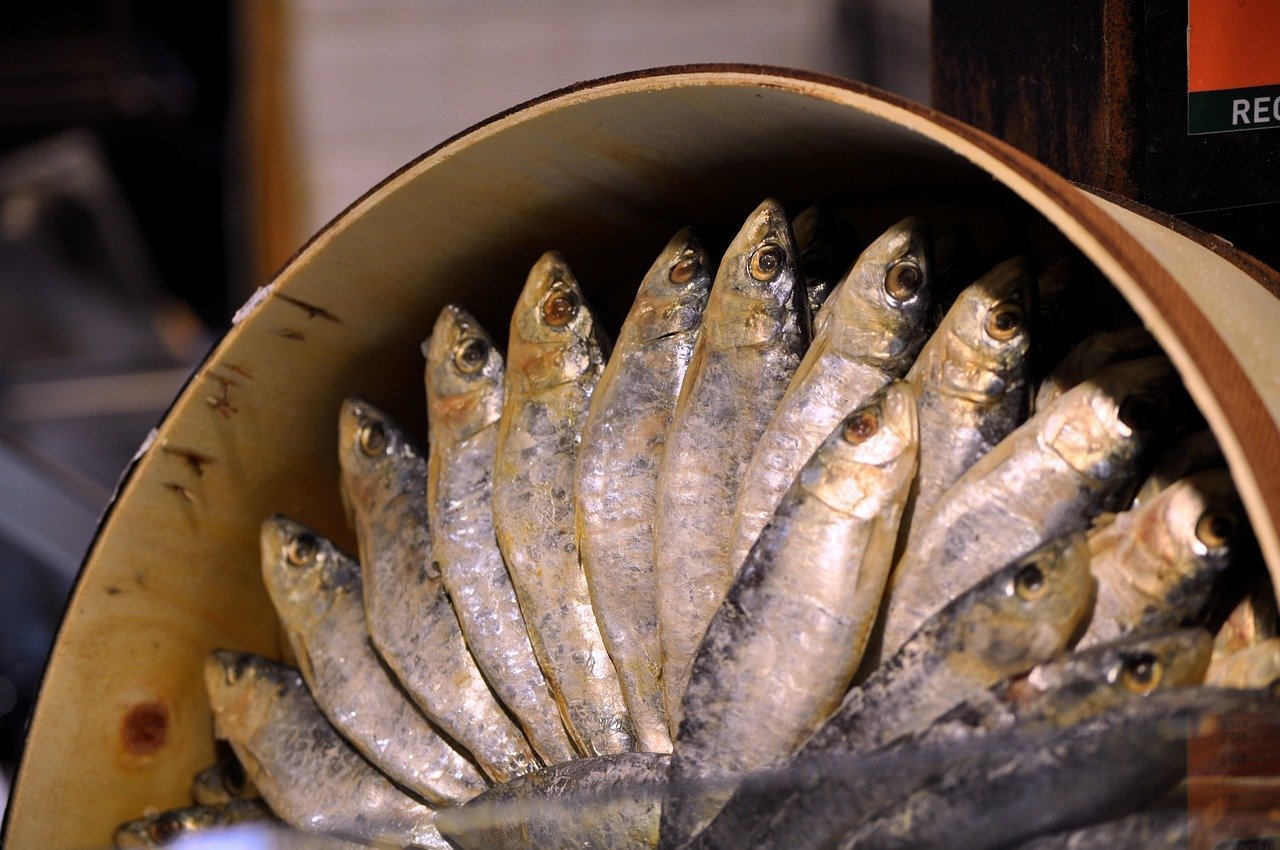
Salted fish is a specialty and a staple on Hvar.
What about sweets and deserts? As with other things, everything was simple, with two or three ingredients top. There were simple cookies, known as paprenjaci, made with different spices (cinnamon, nutmeg, pepper, cloves), flour, eggs and fat. Recipe differs in different locations, depending on what was available. Special treat was a cake known all over Mediterranean as pan di spagna. In Croatia it’s known as pandišpanja, on Hvar it’s called Pitovska torta. It’s a basic sponge cake, decorated with pieces of dried fruit, sugar and such. People used what was readily available. Pandoletti (or pandulat) were also popular on Hvar: these cookies were made with almonds and almond flour, eggs, and what ever fats were available.
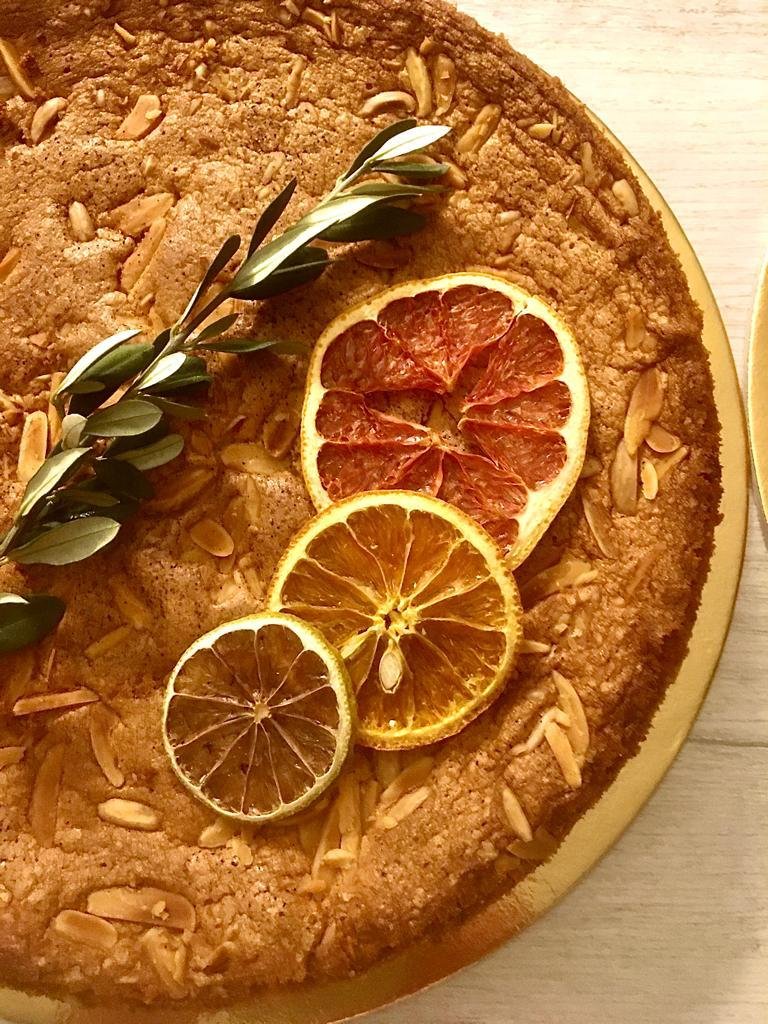
Deserts were simple, yet full of taste.
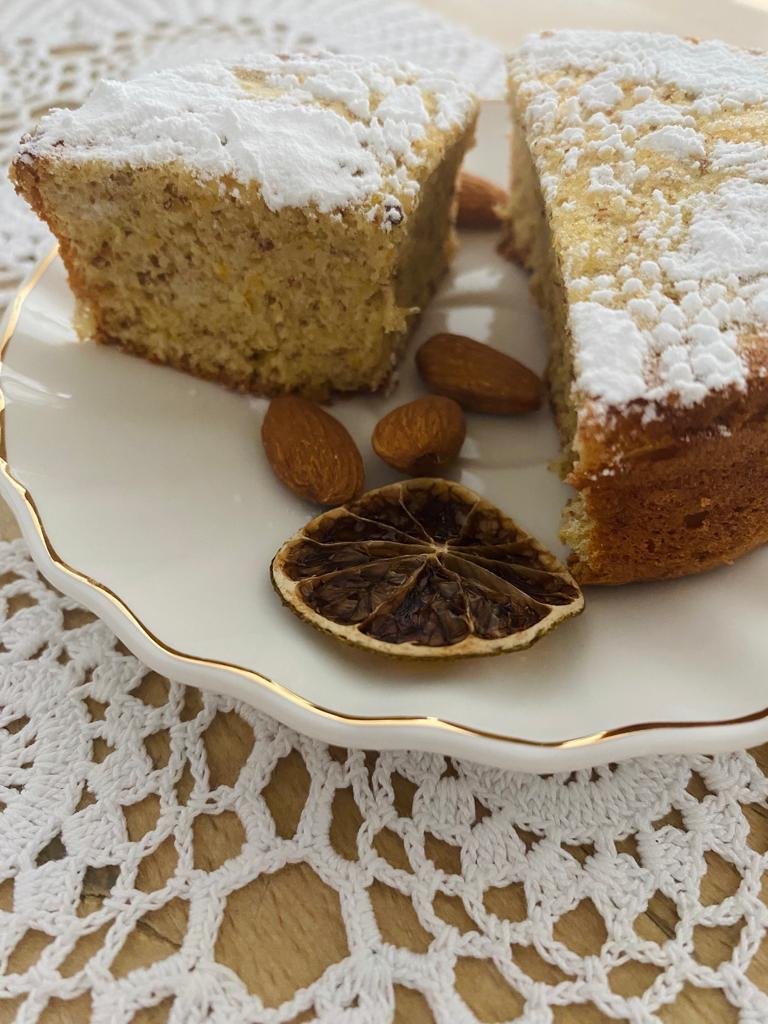
All this sounds super complicated? It’s not. But if you want a true Hvar experience, you can try this recipe: some grapes and peaches, couple of pieces of goat cheese, some salted or marinated sardines or anchovies, glass of red wine (Hvar red, of course), bread and some olive oil. That’s simply put, the taste of Hvar.
